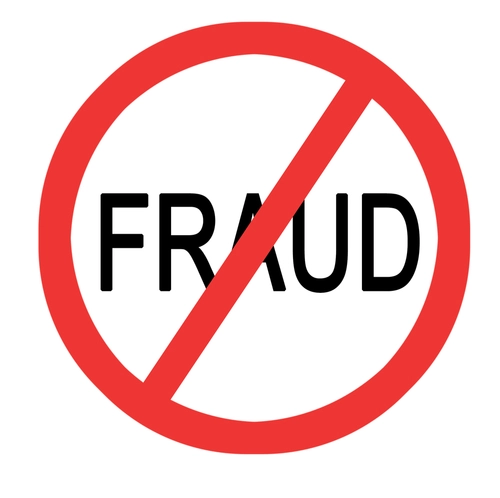OIG Revisits Recommendation to Pursue EHR Fraud

Plus: The government is leaning on CMS to collect more overpayments.
When the OIG talks, not everyone listens, according to a new report.
The OIG makes hundreds of recommendations each year, advising practices and carriers to tighten up documentation, correct their modifier use, or implement other programs. On March 16, the OIG released its Compendium of Unimplemented Recommendations, which revealed that Part B contractors, medical practices and facilities have ignored many OIG suggestions.
Case in point: In 2013, the OIG found that about two percent of clinicians were responsible for collecting almost 25 percent of all Part B payments, with those practices receiving over $500,000 per practitioner. Therefore, the OIG advised CMS to establish a cumulative payment threshold, the Compendium notes. Any billings that exceeded that threshold would be manually reviewed.
CMS “partially concurred” with the recommendation, noting that the agency would work with the MACs to develop “an appropriate, cumulative payment threshold that considers cost as well as potential benefits in determining which claims and providers should be selected for review.” However, the agency has not yet instituted such a system, and the OIG appears to still be waiting.
EHR Fraud on the Table
Another issue targeted in the Compendium involves fraud vulnerabilities in electronic health record (EHR) systems, including the potential of clinicians to copy and paste record notes using their electronic systems.
“Experts in health information technology caution that EHR technology can make it easier to commit fraud,” the report notes. “Fraudulent altering of EHRs not only harms the defrauded programs, it also puts patients at risk.”
The OIG therefore asked the Department of Health and Human Services to create safeguards to protect against electronically enabled health care fraud. The agency also asked for audit logs to be viewable on all EHRs, and for CMS to develop guidance on the correct usage of EHRs’ copy-paste features. Although CMS has taken “encouraging steps toward addressing fraud in EHRs related to payments for health care services,” the OIG believes that more should be done on this front.
OIG Pursuing Overpayments
The Compendium also took issue with Medicare’s implementation of a way to identify and collect overpayments.“As of Oct. 8, 2010, CMS had not collected the majority of overpayment amounts identified in OIG audit reports on Medicare with recommendations to collect overpayments greater than $1,000,” the OIG noted. Following contractors’ failure to collect overpayments in a timely matter, the OIG calculated that about $332 million “could be put to better use had CMS collected OIG overpayments as required.”
Therefore, you can probably expect your MACs to be more aggressive in collecting overpayments going forward. If you identify an overpayment, you should return it quickly to avoid any issues.
Resource: To read the full list of March 2015 unimplemented OIGrecommendations, see the OIG Web site at http://go.usa.gov/3CNyj.




